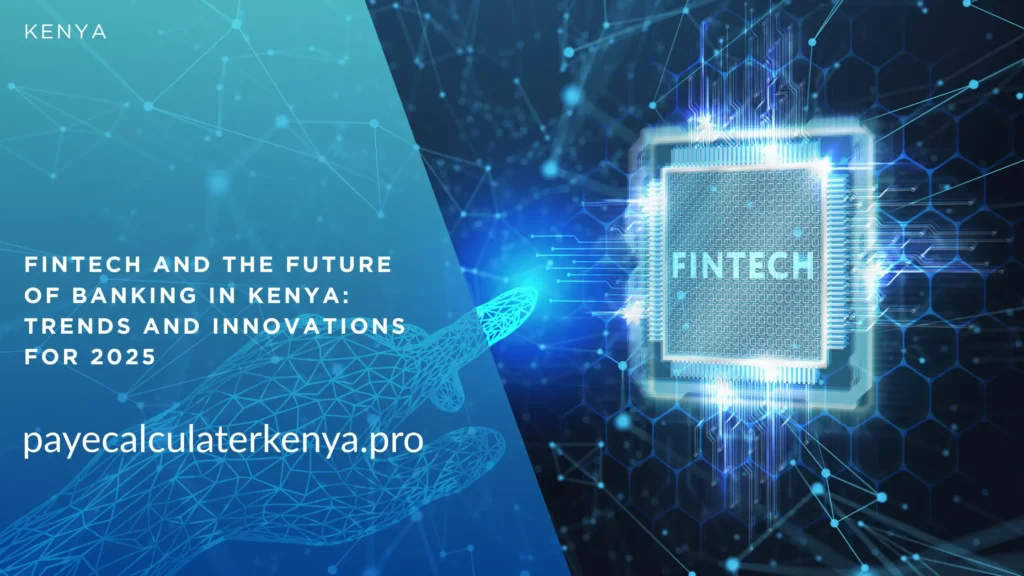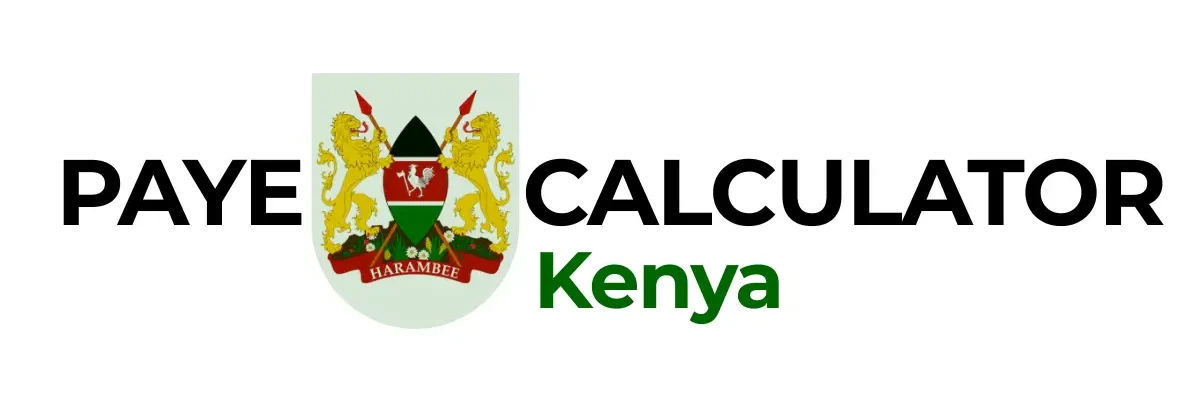Fintech and the Future of Banking in Kenya: Trends and Innovations for 2025
Kenya’s fintech sector, dubbed the “Silicon Savannah,” leads Africa in financial innovation. By 2025, fintech will transform banking with mobile money, digital lending, and blockchain. These changes, driven by platforms like M-Pesa, impact bankers, fintech entrepreneurs, and consumers. The market will grow 14.1% yearly, hitting $14.54 billion by 2028. This guide explores key trends, their effects on banking, and opportunities for consumers, using trusted sources like UHY-Kenya and the African Development Bank.

Why Fintech Is Changing Banking
Fintech makes banking fast, affordable, and inclusive. Mobile apps like M-Pesa process 61 million transactions daily, serving 50 million users. Digital lending platforms, like Tala, offer instant loans. Blockchain cuts costs for cross-border payments. The Finance Act 2025, with its SEP tax, pushes digital platforms to comply, boosting fintech growth. Kenya’s 82.9% financial inclusion rate, led by mobile money, outpaces most African nations.
Top Fintech Trends for 2025
These trends will shape Kenya’s banking sector:
- Mobile Money: Platforms like M-Pesa dominate payments, handling $246 billion yearly. They support transfers, bills, and loans.
- Impact: Banks partner with mobile money providers to reach unbanked customers.
- Digital Lending: Apps like Tala and Fuliza provide instant loans using mobile data for credit scoring.
- Impact: Consumers access quick loans; banks face competition from fintechs.
- Blockchain Technology: Startups like AZA Finance use blockchain for low-cost international transfers and smart contracts.
- Impact: Banks save on transaction fees; consumers get faster, cheaper remittances.
- Cybersecurity: Rising cyber threats, with $83 million lost in 2023, push banks to invest in secure systems.
- Impact: Safer digital banking builds consumer trust.
- Buy Now, Pay Later (BNPL): Platforms offer flexible payments, growing due to mobile tech and consumer demand.
- Impact: Retailers and banks attract more customers with BNPL options.
Impact on Banking
- For Banks: Fintech forces banks to digitize. They partner with M-Pesa or develop apps to stay competitive. Cybersecurity investments protect customer data. New regulations, like the SEP tax, require compliance updates.
- For Entrepreneurs: Fintech startups in lending and blockchain thrive. Over 100 startups exist, with 30% in lending. Government support, like Startup Savanna, offers funding.
- For Consumers: Mobile apps provide easy access to loans, payments, and savings. BNPL helps buy goods affordably. Blockchain ensures secure, low-cost transfers.
| Trend | Bank Impact | Consumer Benefit |
|---|---|---|
| Mobile Money | Partnerships with M-Pesa | Easy payments, loans |
| Digital Lending | Competes with fintechs | Instant loan access |
| Blockchain | Lower transaction costs | Cheaper remittances |
| Cybersecurity | Higher security costs | Safer transactions |
| BNPL | New payment offerings | Flexible shopping |
Opportunities for Consumers
- Payments: Use M-Pesa for fast bill payments and transfers. Over 66 million users trust it.
- Loans: Apply for instant loans via Tala or Fuliza without visiting a bank.
- Savings: Access M-Shwari for mobile-based savings accounts with interest.
- Remittances: Send money abroad cheaply with blockchain platforms like AZA Finance.
- Shopping: Use BNPL services for affordable purchases at online stores.
Examples of Fintech in Action
- M-Pesa: Launched in 2007, it processes $246 billion yearly, offering payments, loans, and savings.
- Tala: Uses mobile data to give microloans, serving millions with no credit history.
- AZA Finance: Cuts remittance costs using blockchain, saving users up to 50% on fees.
- Pezesha: Connects SMEs to loans via crowdfunding, boosting small business growth.
Challenges to Watch
- Regulations: The SEP tax and digital lending rules require compliance, raising costs.
- Cybersecurity: Cybercrime losses demand stronger protections for banks and users.
- Competition: Banks compete with over 100 fintech startups, especially in lending.
What You Can Do
- Bankers: Adopt mobile apps and blockchain to stay competitive. Invest in cybersecurity. Partner with fintechs like M-Pesa.
- Entrepreneurs: Start digital lending or blockchain ventures. Apply for Startup Savanna funding. Ensure regulatory compliance.
- Consumers: Use M-Pesa or Tala for payments and loans. Check apps for BNPL options. Stay cautious of cyber risks.
Conclusion
Kenya’s fintech revolution, led by M-Pesa and digital lending, transforms banking in 2025. Mobile money, blockchain, and BNPL make services accessible and affordable. Banks must digitize to compete, while entrepreneurs find opportunities in startups. Consumers gain easy access to loans and payments. Stay informed via the KRA (www.kra.go.ke) and explore fintech apps to benefit from these trends.
